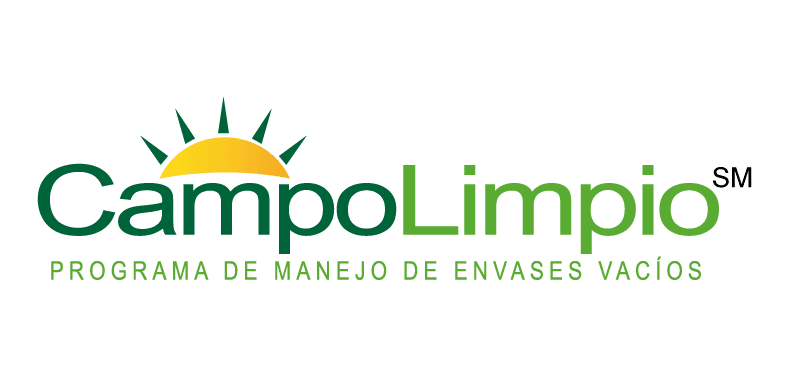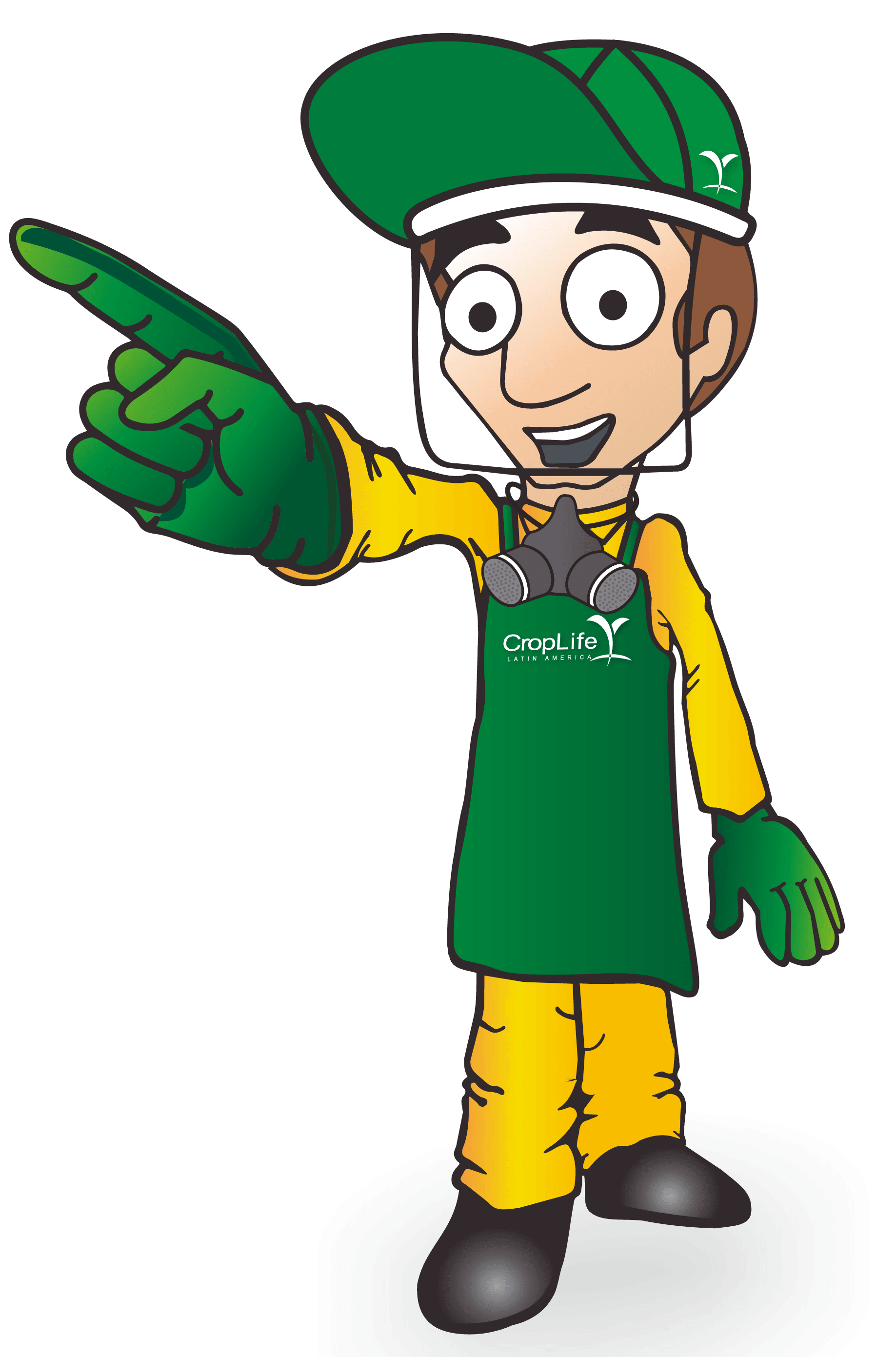CampoLimpio

Providing proper final disposal for empty pesticide containers is the objective of the CampoLimpioSM program, implemented by the network of CropLife Latin America associations with active participation from farmers, distributors, authorities, and other allies.
What is Campo Limpio?
CampoLimpioSM in Latin America has more than 685 temporary collection centers, most of them equipped with special machinery for conditioning the collected containers, whether they are compactors or shredders, and more than 7,000 primary collection centers, also including itinerant stations (developed by national associations in response to the vicissitudes caused by covid-19), and that facilitate the process of collecting and scheduling reception activities.
Know the location of the Temporary Collection Centers, CATs, here (Available in Spanish)
In 2023, thanks to the management of National Associations through the CampoLimpioSM program, 81,841 tons of empty containers were recovered in 18 Latin America. CampoLimpioSM directly contributes to the achievement of Sustainable Development Goal 12, which aims to ensure sustainable consumption and production patterns.
More than, 70% of the recovered rigid plastic was recycled and transformed into new useful products such as plastic lumber, drainage pipes, and fence posts, giving this material a new life. The remaining portion was sent to an incinerator for energy recovery and co-processing.
CampoLimpio’s main challenge is to strengthen the commitment and the active participation of all the sectors of the agricultural chain in the process of adequately disposing of empty containers in order to broaden the area covered by the program and increase the quantity of material colleted.
CampoLimpioSM is a CropLife Latin America registered trademark.
What to do with empty pesticide containers?
The CampoLimpio program is an environmental solution so that this waste is treated in an environmentally responsible manner. The first thing a farmer or farmworker should do is wash the container when the product is finished. Carrying out triple washing or pressure washing helps ensure that there are no product residues left on the plastic which facilitates the later use of the plastic. 
See Pressure Washing Infographic (Available in Spanish)
Then they have to be pierced to prevent their reuse.
Empty, washed and perforated containers must be taken to a Temporary Collection Center, CAT, which are fixed places where the containers are stored until they are taken to their final destination. In some countries there are mini-centres that facilitate the collection, especially for small- and medium-scale agricultural producers. In other countries, travelling packaging collection days are organized. The Collection Centers are places that are monitored by the competent authorities.
In some Collection Centers, the containers are crushed or compacted to facilitate their transport to a recycling plant where they will be transformed into new products or they are taken to a furnace for energy recovery. Thus contributing to the development of the circular economy in Latin America.
Participate and Certify

¿How can one Participate?
CropLife Latin America promotes this program in 18 countries of Latin America, the program is implemented by the National Associations. If you are interested in participating in the program, we invite you to consult the list of our Association Network to request more information about CampoLimpio in your country and the collection centers.
Join CampoLimpio program, a sustainable solution to empty containers, get certified to export and improve the competitiveness of agriculture in their region.
Proper management of empty containers is a SHARED RESPONSIBILITY among all the agricultural production chain.
-
Farmers Responsibilities: Perform triple washing of empty containers of chemicals and related washable. Bring containers and lids separately washed, cleaned, dried and punched the nearest collection center.
-
Distributor Responsibilities: The dealer network will provide outreach materials to promote triple washing and delivery of packages by farmers, working with the installation and operation of temporary storage facilities and support the transfer of containers collected at its final destination.
-
Carriers Responsibilities: Using trucks have permits and authorizations to transport containers.
-
Responsibilities of municipal authorities, regional and national: The units of the agricultural, environmental and health should support the promotion, dissemination and training CampoLimpio program. Facilitate the processing of authorizations and financial support that may be considered for the implementation of Primary Collection Centers or Temporary.
Remember...
If the containers are not properly washed they cannot be received by the CampoLimpio Program to be adequately processed.
Containers of Crop Protection Products (CPP) are for single-use only. This means that the majority of containers should not be reused or refilled once their contents have been used. We invite you to get certified in the Responsible Management of Empty Containers for Crop Protection Products through our online course, where you will learn how to provide a final and sustainable destination for the plastic left in the field after the use of crop protection products or pesticides.
Videos, Learn with Custodio
- How to perform Triple Rinsing?
- How to prevent poisoning?
- Importance of using treated seeds
- Personal Protective Equipment
- What is IPM?
Free virtual courses
Through the user-friendly virtual platform of free online courses, we offer nine courses in Spanish, five of them in Portuguese, and four in English, aimed at enhancing the understanding of responsible and ethical use of phytosanitary products to maximize their benefits, reduce risks, and promote sustainable agriculture.
The courses are targeted towards regulatory authorities, distributors, farmers, technicians, agronomists, personnel from agrochemical industry companies, students, and generally, individuals involved in the agricultural chain.
Among the available courses, you will find: Life Cycle, Biological Beds BIOBEDS, Pollinators, and Pesticide Risk.
Recommended Articles:


















